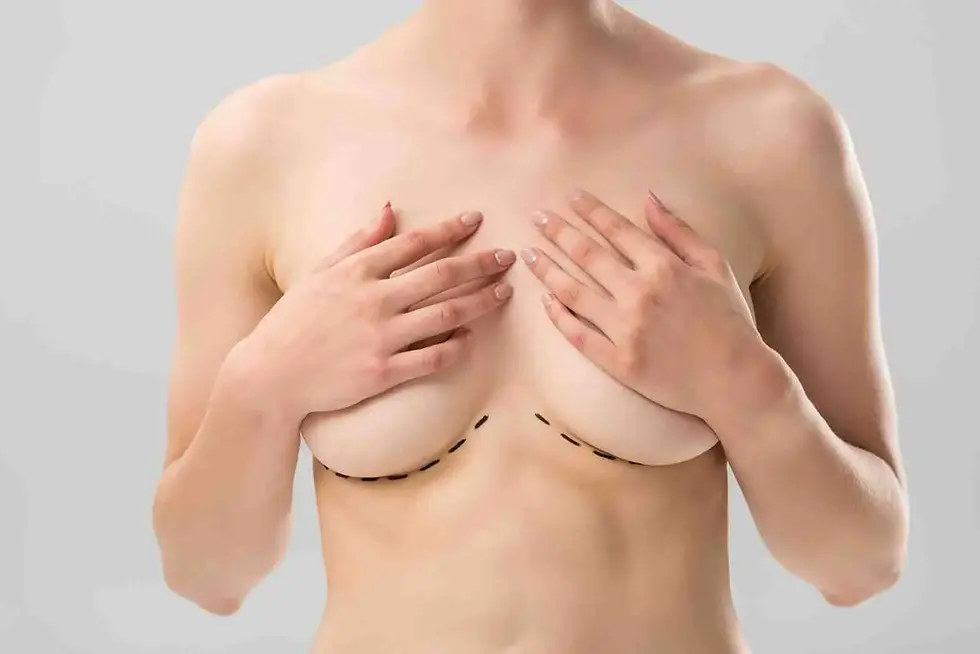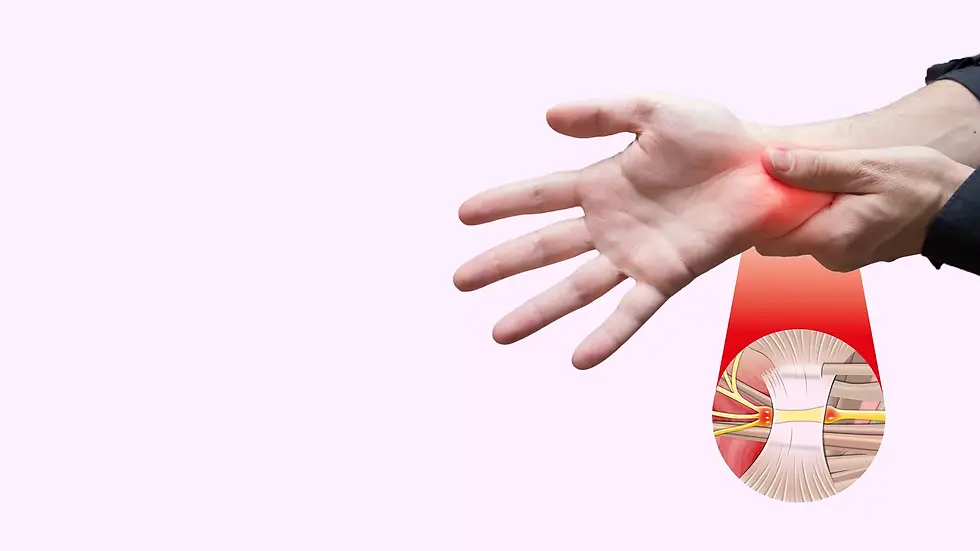.png)
Laser lipolysis for underarm reduction
Everything you need to know about double chin removal
WHO ARE OUR EXPERTS?
Laser lipolysis – also known as laser liposuction – is an advanced minimally invasive procedure designed to reduce unwanted fat under the chin ("underarm"). It uses laser energy to target and break down fat cells, helping to shape the jawline for a slimmer, more defined profile. Below is a comprehensive overview of the technology and procedure, including how it works, what to expect before and after treatment, comparisons to alternative treatments, possible risks, and who is an ideal candidate for this treatment.
How does laser lipolysis work?
Laser lipolysis involves the application of laser energy to adipose tissue, causing the thermal breakdown of fat cells . During a typical laser lipolysis treatment for the under-chin, very thin laser fibers are used to deliver heat directly to the fat under the chin. The heat from the laser effectively removes fat cells by rupturing their membranes. The dissolved fat can then be suctioned out or gradually metabolized through the body's lymphatic system.
In addition to destroying fat cells, laser energy has two other benefits: it coagulates small blood vessels , which minimizes bleeding and bruising in the area, and it stimulates collagen production in the skin . This collagen stimulation can lead to skin tightening and improved elasticity over the following weeks, which helps prevent sagging skin after fat removal.
Laser lipolysis can be performed in two ways:
Minimally invasive: a tiny incision is made to insert the laser fiber under the skin.
non-invasive: applied externally (through the skin) without any incisions.
For double chin reduction, a minimally invasive technique is used at our clinic because it allows for precise targeting of fat cells and immediate removal of dissolved fat for faster results. The procedure is usually performed under local anesthesia , which means the patient is awake, but the area is numbed.
Laser lipolysis is an approved technique that has become a popular option due to its ability to remove fat with a shorter recovery time and the added benefit of skin tightening.
What laser technologies are used in this procedure?
Several types of laser technologies can be used for laser lipolysis of the underarm. They differ mainly in wavelength, which can affect the way the energy is absorbed by the fat and surrounding tissue.
Nd:YAG (neodymium-doped yttrium-aluminum-garnet) lasers are the most commonly used; these include devices that operate at wavelengths of 1064 nm, 1320 nm, and 1440 nm. For example, the popular SmartLipo™ system uses a 1064 nm Nd:YAG laser (and newer models combine 1064 nm with 1320 nm or 1440 nm). Nd:YAG lasers penetrate deep into tissue—the 1064 nm wavelength in particular penetrates deeper and distributes heat evenly, which is good for melting fat and tightening skin. The 1320 nm and 1440 nm wavelengths absorb fat better, making them effective at breaking down fat cells. Many modern devices combine wavelengths for optimal results.
The second category is diode lasers , which use semiconductor technology to produce laser light. Diode lasers for lipolysis typically operate in the 920–980 nm range. Examples include 980 nm or dual wavelength devices such as 924/975 nm. These diode lasers also heat the fat and cause the fat cells to rupture, with end results similar to Nd:YAG systems.
The choice of laser (Nd:YAG vs. diode) often depends on the specific device the clinic uses, but all of these lasers work on the same principle – generating heat in the fat layer to safely break down fat cells. Modern laser lipolysis devices include safety features such as temperature monitoring to prevent overheating and tissue damage, making this technology precise and safe in the hands of experienced professionals.

LEONARDO® DUAL 45
Our laser combines two wavelengths (1064nm and 1470nm) which ensures optimal fat reduction and excellent tightening with maximum protection of surrounding tissue.
What does the step-by-step process look like?
Small incision – The surgeon makes a small incision (2–3 mm) in a discreet location under the chin. In some cases, additional small incisions can be made along the jaw line to treat the fat tissue more evenly.
Laser fiber insertion – A thin catheter (cannula) with a laser fiber is inserted through an incision into the fatty tissue layer. The doctor moves the fiber back and forth to precisely heat and break down the fat cells.
Heating the targeted area – The laser emits heat energy that melts fat cells and coagulates blood vessels, reducing bleeding and bruising. The laser also stimulates collagen production, which contributes to skin tightening. This effect is specific only to laser lipolysis.
Removing melted fat – Melted fat can be removed in two ways:
By aspiration (suction) through the cannula for immediate results.
By natural metabolic elimination via the lymphatic system in the following weeks.
Closure and Protection – After the fat is removed, the small incision is closed. A bandage or compression band is applied under the chin to reduce swelling and encourage proper contouring.
WHO ARE OUR EXPERTS?
















